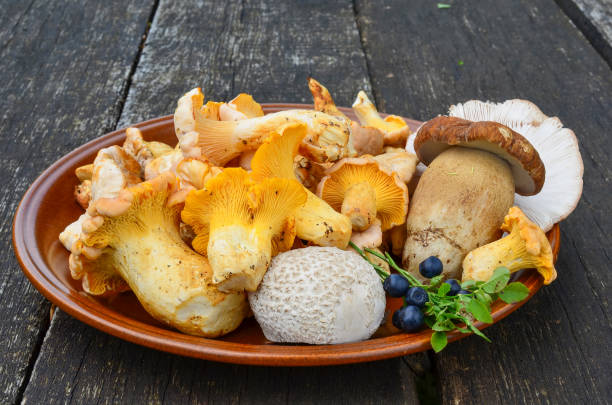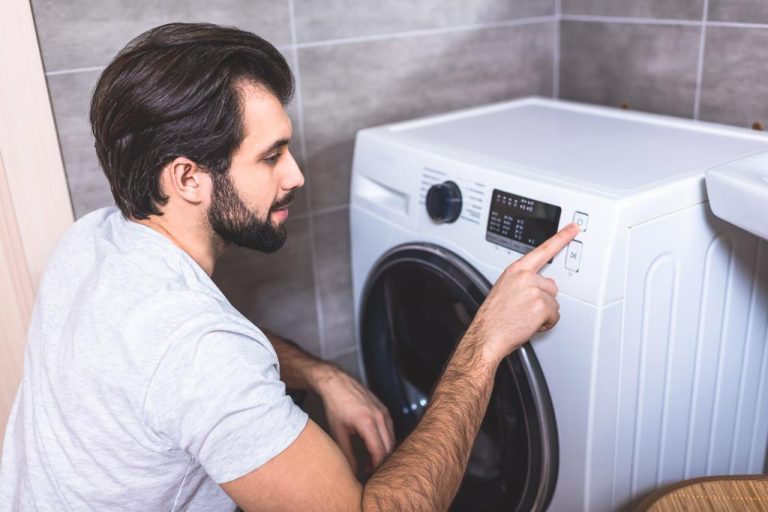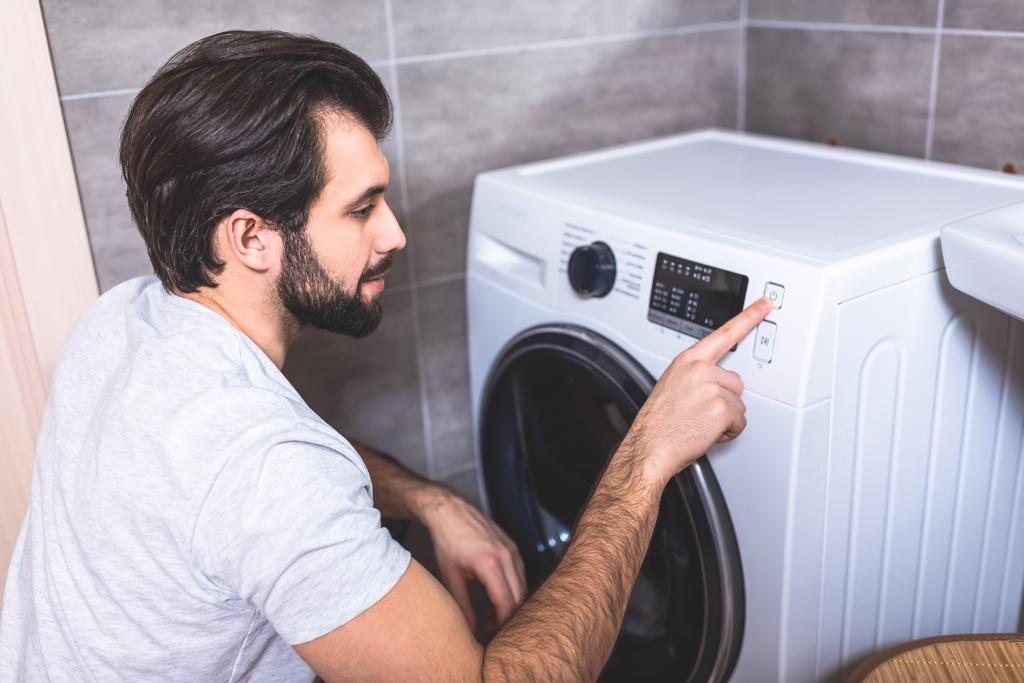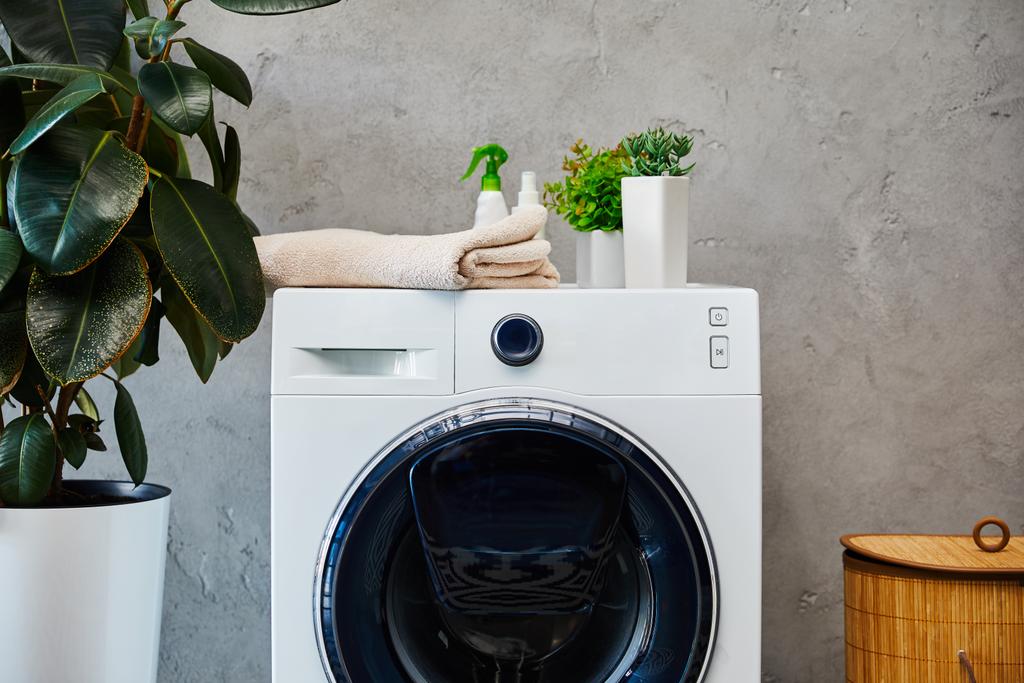The season of the porcini mushrooms has long since begun: while the hard-working collectors are already cavorting in the woods and looking for the most beautiful specimens, the others conjure up the most delicious dishes at home. It is particularly important to heat the porcini mushrooms to at least 70 degrees, otherwise, health problems can occur.
Thoroughly heat the porcini

Before the collected porcini mushrooms can be eaten, they should be heated to at least 70°C for two minutes. If this recommendation is not followed, the fox tapeworm eggs can survive. The parasite can cause the rare disease alveolar echinococcosis, one of the most serious liver diseases. The first symptoms are abdominal pain and elevated liver values. Up to 15 years can elapse between infection and diagnosis. Only heating the food to at least 70° degrees, such as when roasting, preserving, or baking, destroys the pathogens sustainably – this also applies to heating porcini mushrooms.
It depends on the number of porcini mushrooms
The lovers of the small forest plants can hardly get enough of them. But in addition to heating the porcini mushrooms, the amount consumed is also important: The German Society for Nutrition (DGE) recommends eating no more than 250 g of wild mushrooms per week. The reason for this is the still high levels of heavy metal and radiation exposure.
That is why porcini mushrooms are healthy

Freshly prepared porcini not only taste great, but they are also healthy. For example, they contain more fiber than apples. The sheltered little ones also have a high content of folate and vitamin D. Figure-conscious people should definitely integrate wild mushrooms into their diet because they are low in calories and fat.



